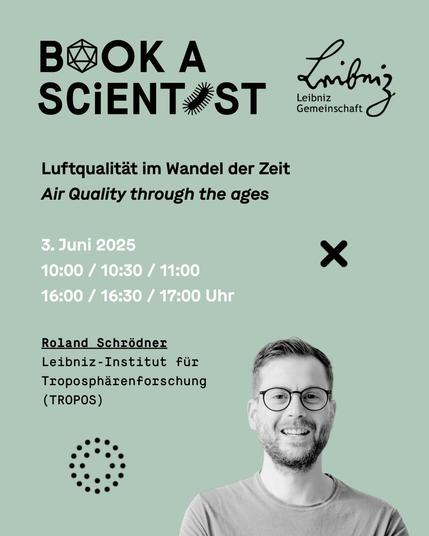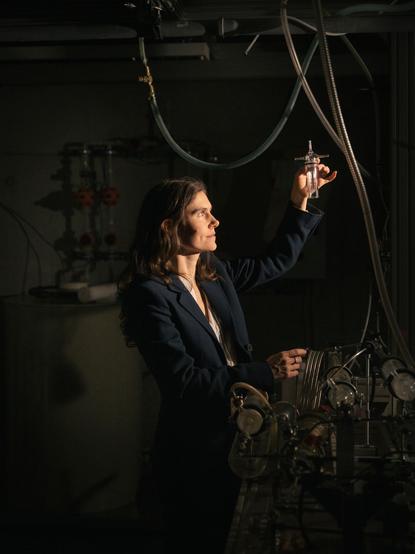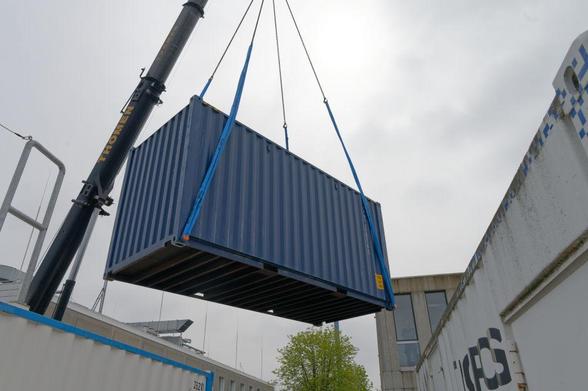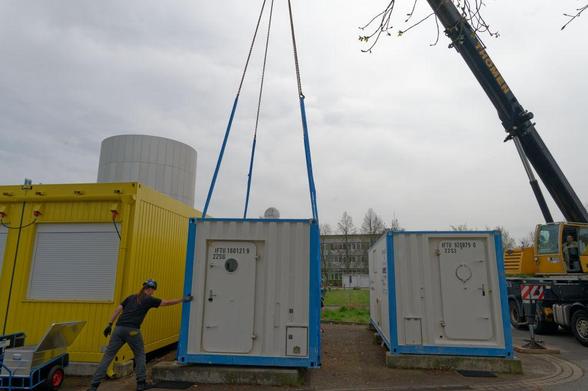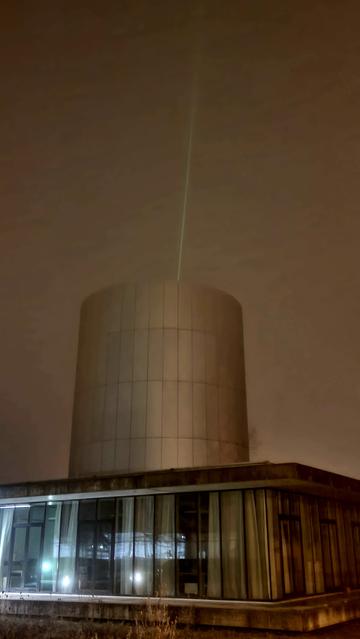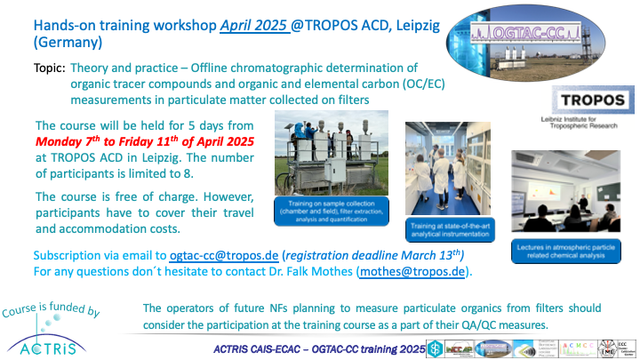https://nachrichten.idw-online.de/2025/04/28/eastern-air-has-become-cleaner-long-term-study-from-saxony-shows-decreasing-air-pollution
Mehr zu "Wer schaut in die #Wolken?" im #Leibniz-Magazin: https://www.leibniz-magazin.de/alle-artikel/magazindetail/newsdetails/default-19fb71fa30 / #EU_RIs #ResearchInfrastructures #Research #Infrastructures
External particle mixing influences hygroscopicity in a sub-urban area
Abstract. Hygroscopicity strongly influences aerosol properties and multiphase chemistry, which is essential in several atmospheric processes. Although CCN (cloud condensation nuclei) properties are commonly measured, sub-saturated hygroscopicity measurements remain rare. During the ACROSS campaign (Atmospheric ChemistRy Of the Suburban foreSt, conducted in Paris in summer 2022), particles' hygroscopic growth rates at 90 % relative humidity (RH) and chemical composition were measured at the sub-urban site using a Hygroscopicity Tandem Differential Mobility Analyser (HTDMA, scanning at 100, 150, 200, and 250 nm) and an Aerodyne High-Resolution Time-of-Flight Aerosol Mass Spectrometer (HR-ToF-AMS). Growth factor probability density functions (GF-PDFs) revealed two distinct modes, namely hydrophobic and hygroscopic, suggesting a combination of internal and external particle mixing, with the split at GF 1.2. The prevalence of the hygroscopic mode increased with particle size, with mean hygroscopicity (κ) values of 0.23 and 0.38 for 100 and 200 nm particles, respectively. Using the Zdanovskii–Stokes–Robinson (ZSR) mixing rule, the agreement between measured and chemically derived hygroscopicity was approximately 51% for 100 nm particles, which declined for 200 and 250 nm. These emphasise the large effect of external particle mixing and its influence on predicting hygroscopicity. The ZSR approach proves to be unreliable in predicting the wide growth distribution of externally mixed particles. In this measurement, 80 %–90 % of the particles were externally mixed and influenced by fresh emission, which affected the hygroscopicity prediction by a factor of 2. A cluster analysis based on backward trajectories and meteorological conditions gives valuable insights into the chemical composition and variations in the hygroscopicity of different air masses.
Auch unser #Wolkenlabor in #Leipzig war heute morgen dicht in #Nebel "eingepackt" - Danke an die fleißigen Mitarbeiter:innen aus unserer Verwaltung für den Schnappschuss zu früher Stunde! / #ACTRIS #ResearchInfrastructures @REA @EUCommission

